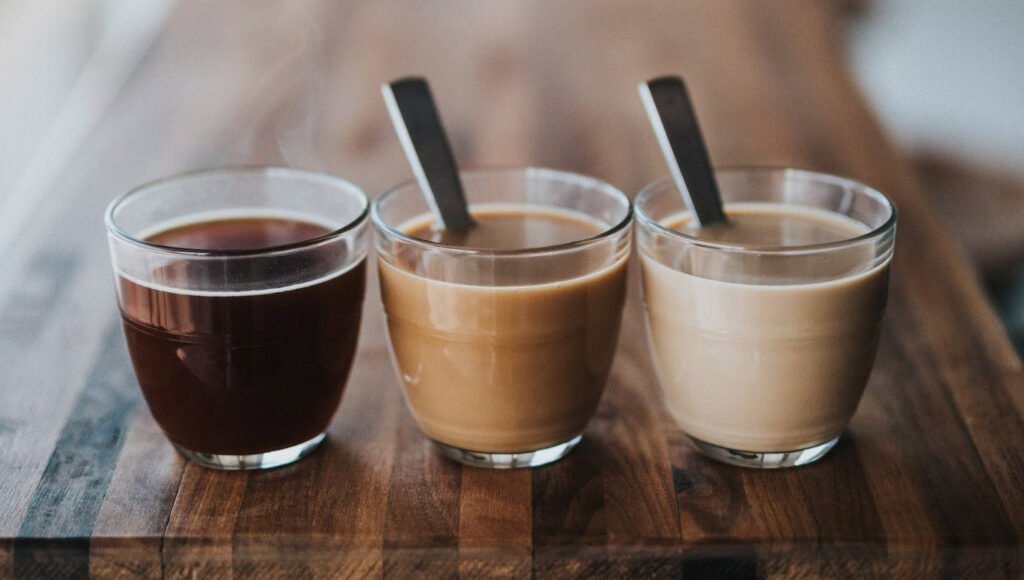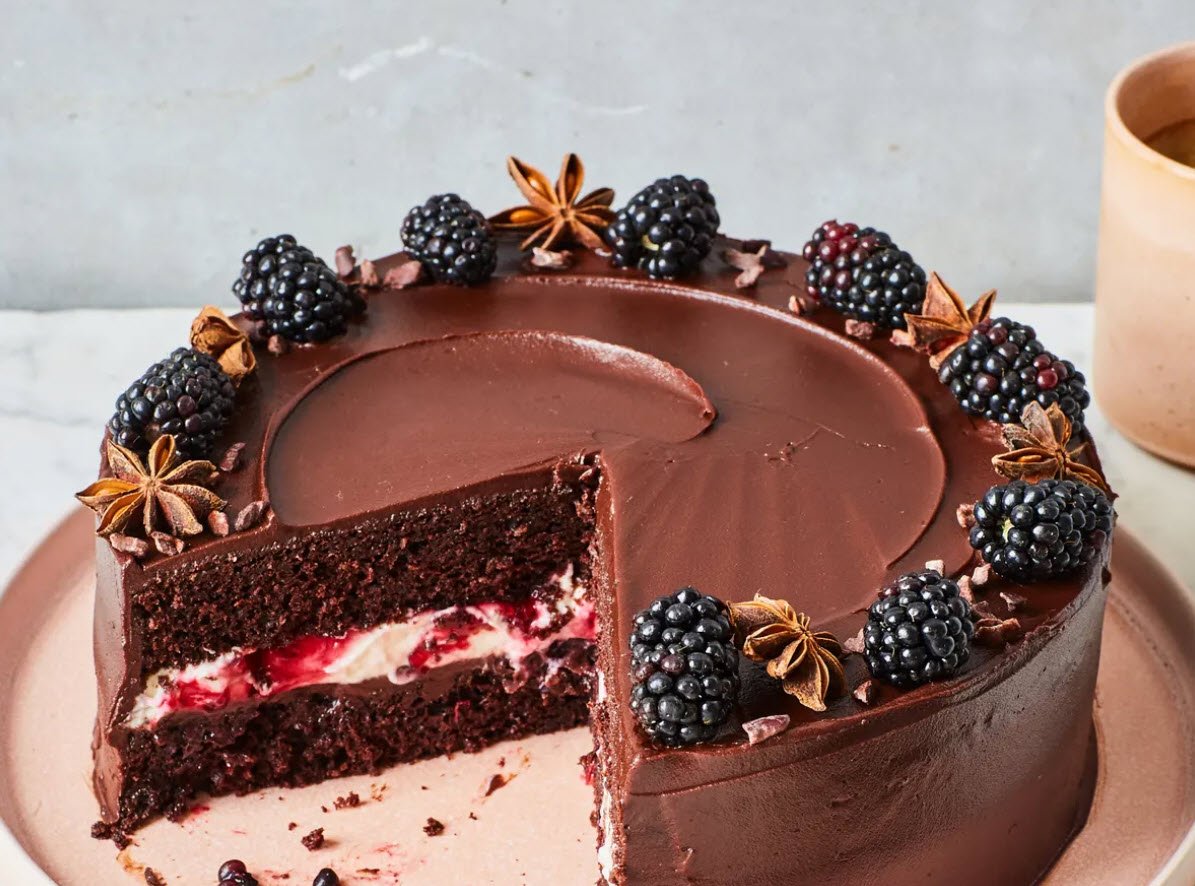
Raw (green) coffee beans stay fresh for about a year. Properly stored whole roasted coffee beans are best consumed within six months. For the best flavor, use your beans as soon as possible after grinding.
Roasted, preground coffee is not ideal; it is preferable to grind your coffee fresh at home or at the store. Grinding beans is another critical part of brewing that perfect cup of coffee. Finely ground beans lend themselves to a quick, pressurized-water extraction like espresso. A medium grind lends itself better to drip or pour-over coffee.
To get that incredible cup of coffee, look for a small coffee roasting company near you that offers fair trade, organic, and shade-grown coffee. If that’s not available, many small roasters, like Blue Star Coffee Roasters, can ship you freshly roasted coffee. In recent years, single-serving coffee-brewing machines have risen in popularity.
Also Read: 4 Most Powerful Medicinal Properties of Coffee
While some may argue that these beans-plus-filter devices are convenient, they are also considered to be of low quality and produce an embarrassing amount of plastic and aluminum waste. The coffee in these single-cup preparations is rarely fair trade, organic, or shade-grown, which means it has already wreaked human and environmental damage before it even reaches the coffeepot.
Special Considerations
There are some potentially serious adverse effects to drinking too much coffee. Whether or not it is a healthy choice for you depends on who you are and your current health. Those who experience negative effects from a cup of coffee, such as hyperactivity or jitteriness, should heed the wisdom of their bodies and entirely avoid caffeinated coffee.
Also avoid coffee if you are continually stressed, have a lot of anxiety, aren’t sleeping well, and/or have significant ups and downs in energy level during the day, as coffee could exacerbate these symptoms.
In choosing decaffeinated coffee, look for coffee that has been decaffeinated using water or carbon dioxide instead of harsh chemical solvents such as benzene, dichloromethane, and ethyl acetate. Some people may abuse coffee, which can lead to both short- and long-term negative effects on overall health. For example, coffee can disrupt someone’s sleep patterns.
Then, when a person doesn’t sleep well, they tend to feel tired the next day, thus fueling the desire for more coffee. This again disrupts sleep, leading to a self-perpetuating negative cycle. Coffee can be addictive. As coffee consumption is increased, the body becomes tolerant to it, resulting in the perception that more coffee is needed. Suddenly stopping coffee can lead to withdrawal symptoms including headaches, fatigue, and foggy mental capabilities.
It’s generally better to slowly reduce coffee intake rather than stop all at once (“cold turkey”). Coffee can create or exacerbate heartburn. Coffee is not recommended during pregnancy
1. Spiced Cold-Brew Coffee (Cold-Brewed)
Coffee makes a delicious drink that has less bitterness than traditional coffee that has been brewed with hot water. This recipe spices it up with the addition of cinnamon and cardamom. I like to keep a jar of this in the fridge for a cold coffee drink during the hot summer months.
Yield: approximately 2¾ cups
- 1 cup coarsely ground coffee beans
- ½ teaspoon cinnamon powder
- ¼ teaspoon cardamom powder cream (optional) honey or sugar, to taste (optional)
Making:
- Place the coarsely ground beans and spices in a 1-quart jar. Fill the jar with water and stir well. Place a lid on this and let it sit in the fridge for 12 hours.
- Strain off the coffee and spices through a coffee filter or several layers of cheesecloth. This creates a cold brew concentrate that will last for up to a week in the fridge.
- To use: When ready to drink, mix 1 part of the coffee brew with 2 parts of liquid (for example, ¼ cup of cold-brew coffee with ½ cup of water). I like to add 1 part water and 1 part cream: ¼ cup of coldbrew coffee, ¼ cup of water, and ¼ cup of cream. If desired, add sweetener and ice before serving
2. The Perfect Cup of French Press Coffee
You might be wondering how French press coffee is different from other methods. During a tour of Blue Star Coffee Roasters, co-owner Dan Donohue explained, “The French press method has no paper filter that traps the finest particles and also some of the oils from the roasted bean. It produces a fuller cup, with accentuated body than other filtering methods.”
He also reminds us that it’s important to grind the coffee correctly: “The ground coffee is steeping in very hot water, and particle size will have an effect on how much extraction happens. If too fine, over extraction will draw out the woody flavor of the beans.
Too coarse will under extract the flavor and lessen the depth of flavor and body in the cup.” He suggests using a good burr grinder to grind your coffee, because it will “achieve relatively uniform pieces that are large enough to brew with this method.” He advises that you set the grinder to a coarse setting relative to drip.
When finished grinding, the coffee will be of similar size to very coarse sand. This man knows his coffee, and his expert directions will give you the perfect brew of French press coffee. Before you start, keep the following notes in mind: Measure the coffee carefully, as the amount of coffee relative to water volume will affect the strength of the brew.
A good starting point is 2 tablespoons of coffee for every 6 to 8 fluid ounces (¾ to 1 cup) of water; then you can adjust to your personal preference. The ratio is important for good flavor extraction; if the resulting strength is too much for your taste, you can add hot water or milk to your cup to adjust.
You’ll need to be ready to remove the water from the heat source as soon as it’s brought to a boil, then pour it into your French press. The boiling point of water is 212ºF, and by using water just off the boil, you are able to get the water to the perfect brewing temperature of 200 to 204ºF.
Yield: 1 cup
- 2 tablespoons coarsely ground coffee
- ¾ cup to 1 cup of spring water (or water fresh from the tap)
Making:
- Bring your fresh water to a boil. As it’s heating, measure your ground coffee and add it to your French press.
- As soon as the water comes to a boil, remove it from the heat source, then add some of this water to the
French press, just enough to wet the grounds. Use a spoon or gently swirl the ground coffee to be sure all of it is moistened. Don’t agitate the mix much.
- Give the coffee a moment to bloom if the beans are very fresh, then add the rest of the measure of hot water.
- Fit the plunger to the pot and press it just enough to keep all of your ground beans immersed. Coffee floats, so be sure to push the plunger gently because the floating coffee might try to rise above it.
- For best results, time how long the coffee is in contact with the water. Four minutes is generally accepted. (Donohue says he usually prefers an extra 10 seconds.) Then carefully press the plunger all the way down to separate the grounds from the beverage.
- Pour your perfect cup of French press coffee. Add cream and sweetener as desired, and enjoy immediately.
- Tomato Beef – A Symphony of Flavors in Every Bite
- Star Anise Chocolate Cake – A Decadent Dessert
- Zucchini Noodles with Spinach Pesto – A Heart-Healthy Twist
- Fruit Steel-Cut Oats – A Nutritious and Delicious Breakfast
- Rice & Mango Breakfast – A Quick and Nutritious Start to Your Day
- Heart-Healthy Tuna Salad Delight
- Elegant Tea Party Peach Melba Cakes – A Delightful Indulgence
- Biscuits with Bacon Gravy – A Comforting Delight
- Oatmeal Nuggets – A Bite-sized Delight for Any Occasion
- Nutty Waffles – A Crunchy Twist to Breakfast








